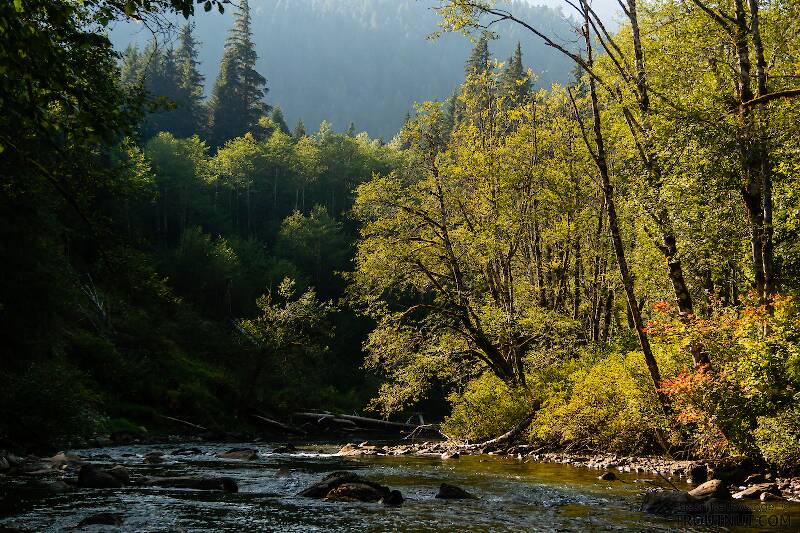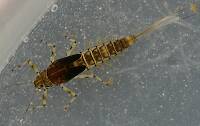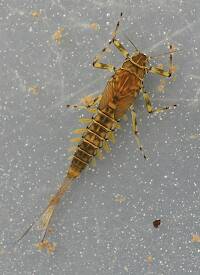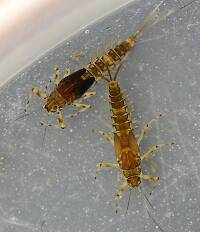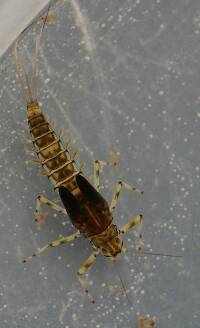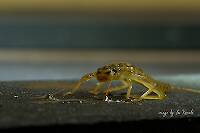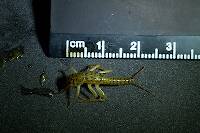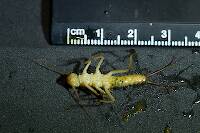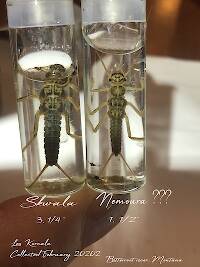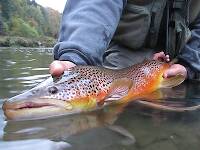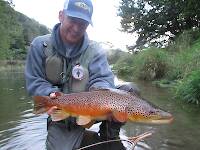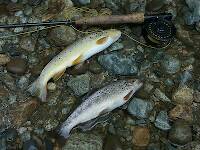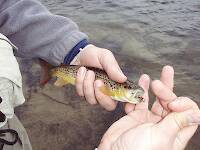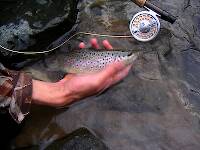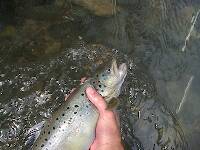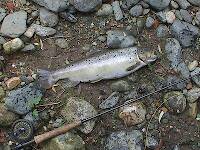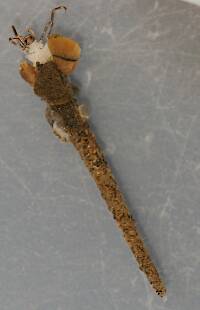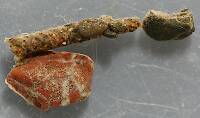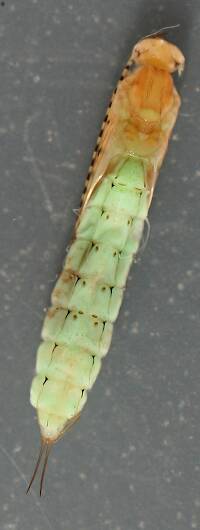
Salmonflies
Pteronarcys californica
The giant Salmonflies of the Western mountains are legendary for their proclivity to elicit consistent dry-fly action and ferocious strikes.
Featured on the forum

Troutnut is a project started in 2003 by salmonid ecologist Jason "Troutnut" Neuswanger to help anglers and
fly tyers unabashedly embrace the entomological side of the sport. Learn more about Troutnut or
support the project for an enhanced experience here.

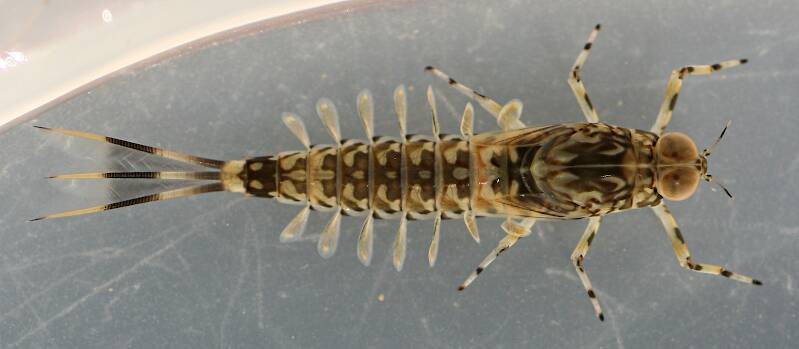
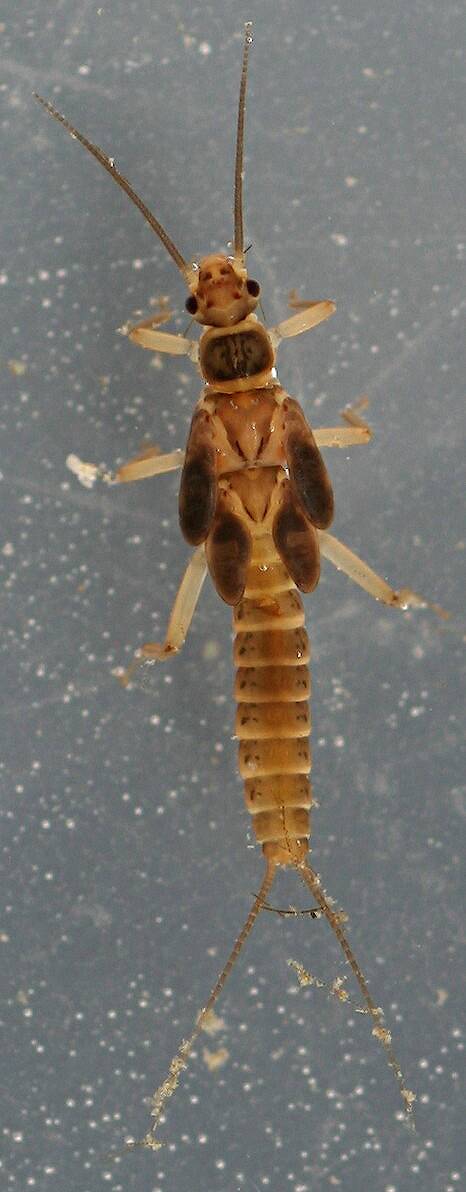
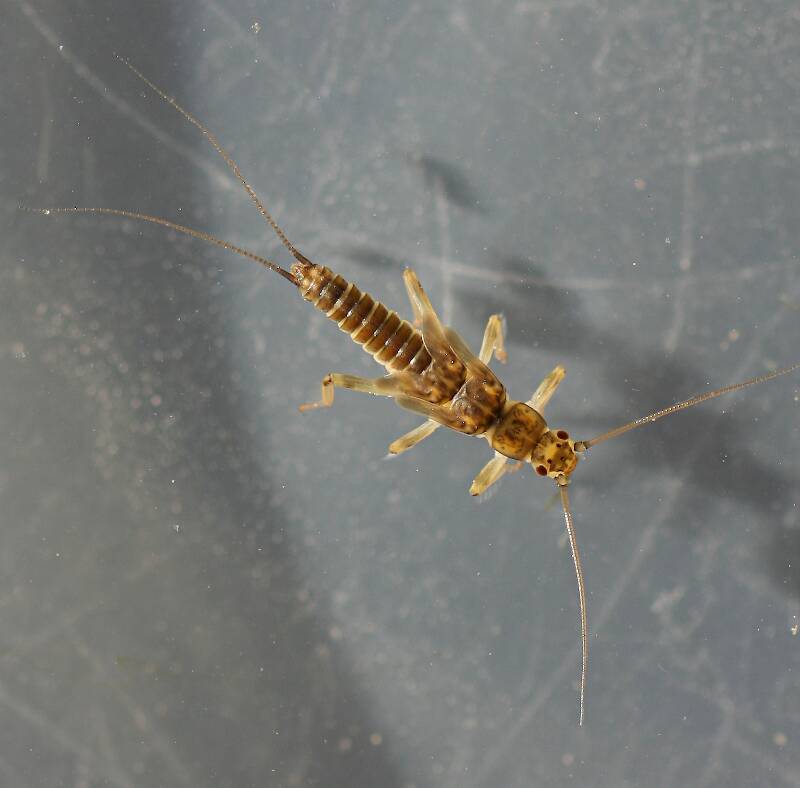
Millcreek on Jan 29, 2015January 29th, 2015, 3:56 am EST
Down at the Russian River today and some of the critters are back. Actually,
most have been in the river for about two weeks. Some of the animals are Acentrella insignificans, Ameletus sp., probably a female Capnia umpqua and Taenionema pacificum.
most have been in the river for about two weeks. Some of the animals are Acentrella insignificans, Ameletus sp., probably a female Capnia umpqua and Taenionema pacificum.
"If we knew what it was we were doing, it would not be called research, would it?"
-Albert Einstein
-Albert Einstein
Troutnut on Jan 29, 2015January 29th, 2015, 7:54 am EST
Nice photos!
Jason Neuswanger, Ph.D.
Troutnut and salmonid ecologist
Troutnut and salmonid ecologist
Millcreek on Jan 29, 2015January 29th, 2015, 8:41 am EST
Jason,
Thank you.
Mark
Nice photos!
Thank you.
Mark
"If we knew what it was we were doing, it would not be called research, would it?"
-Albert Einstein
-Albert Einstein
PaulRoberts on Jan 29, 2015January 29th, 2015, 2:20 pm EST
Yes, nice images.
Some getting ready to pop??
Some getting ready to pop??
Millcreek on Jan 29, 2015January 29th, 2015, 5:08 pm EST
Paul,
Yeah, the Acentrella and the Capnia are about to emerge.
Mark
Yeah, the Acentrella and the Capnia are about to emerge.
Mark
"If we knew what it was we were doing, it would not be called research, would it?"
-Albert Einstein
-Albert Einstein
Martinlf on Feb 5, 2015February 5th, 2015, 10:48 am EST
The Ameletus is just about the most gorgeous mayfly nymph I've ever seen. Great photos!
"He spread them a yard and a half. 'And every one that got away is this big.'"
--Fred Chappell
--Fred Chappell
Millcreek on Feb 5, 2015February 5th, 2015, 11:13 am EST
Louis,
Thanks
The Ameletus is just about the most gorgeous mayfly nymph I've ever seen. Great photos!
Thanks
"If we knew what it was we were doing, it would not be called research, would it?"
-Albert Einstein
-Albert Einstein
Quick Reply
Related Discussions
Topic
Replies
Last Reply
13
Sep 14, 2011
by Jmd123
by Jmd123
2
Feb 24, 2020
by Leskorcala
by Leskorcala
1
Jul 4, 2007
by Shawnny3
by Shawnny3
Re: Help obtaining photos of larval insects for a City of Denton, TX photographic key to ID'ing.
In the Identify This! Board by Rdjudy
In the Identify This! Board by Rdjudy
1
Jul 28, 2008
by Taxon
by Taxon

